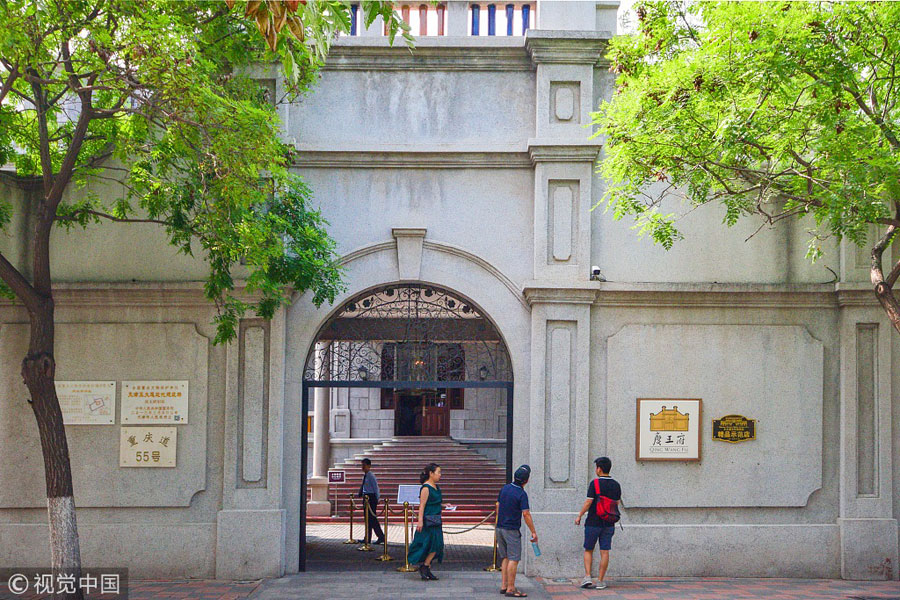As Tianjin develops, it preserves old styles


TIANJIN - Upon arriving at the Astor Hotel, Liu Sutong was fascinated by what unfolded before his eyes: wooden doors, shining wall lamps, exquisite handmade carpets and a grand piano, not to mention more than 3,000 pieces of cultural relics and exhibits.
Liu and his friends, from Jilin province, booked the Astor for the weeklong Spring Festival holiday in Tianjin.
"I heard about the century-old hotel before I came here, and its architecture attracted me," Liu said.
The Astor, founded in 1863 by a British merchant, is one of 440 examples of European-style architecture in Tianjin - structures built at the time the British concession was being set up in the city.
Having stood for more than 100 years, the buildings, whose styles range from Renaissance and Gothic to the Romantic era, have sparked multifunctional development.
"America's 31st president, Herbert Hoover, spent his honeymoon in room 388," said He Lin, the hotel's general manager, adding that a number of Chinese and foreign celebrities had stayed at the hotel. Last year, it received about 150,000 guests.
With the help of the local government, the Astor has undergone several renovations, retaining its old address, name and original architecture for more than 150 years.
Cai Yunpeng, director of the Tianjin Housing and Urban-Rural Construction Commission, said the government issued a regulation in 2005 to protect, renovate and revitalize the old buildings and transform them into banks, financial institutions and hotels.
Through a big data management system, information about the historical Western-style buildings of Tianjin has been uploaded into a housing resources database.
"These relics need to be protected in the process of development," Cai said, adding that 60 buildings have been singled out for investment, welcoming enterprises in areas such as artificial intelligence, biomedicine and new energy.
"We will further protect and explore Tianjin's historical and cultural resources and enhance the city's unique charm," Cai said.
Built in 1922, Prince Qing's Mansion acquired its name after it was purchased by Zaizhen, the fourth Prince Qing of the Qing Dynasty (1644-1911). The mansion's original courtyard and landscaping, as well as wood carvings, oil paintings and chandeliers, have all been preserved.
"This mansion opened to the public in June and has so far received 420,000 visits," said Yan Liang, general manager of the mansion's management company.
Xinhua
- Norway's seafood exports hit record in 2025, China emerges as top three market
- Crucial tower of Shenzhen-Jiangmen Railway completed, marking significant milestone
- Hangzhou selected as a 'Zero-Waste Cities' by the UN
- China backs Tanzania's plan to double exports by 2030
- China leads renewable energy jobs growth as Africa seeks green partners
- Jilin—1 GF07 satellite transmits high-resolution photo of Harbin's winter wonderland




































